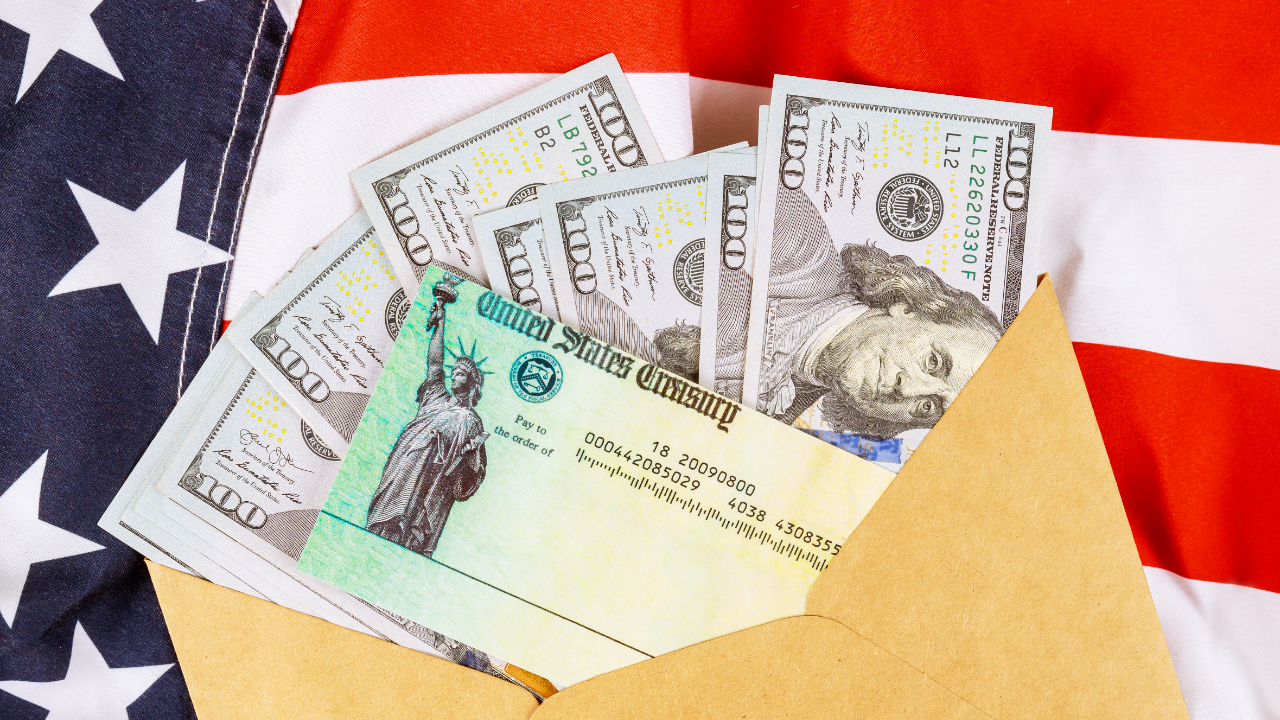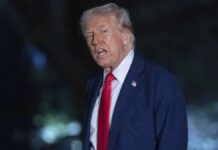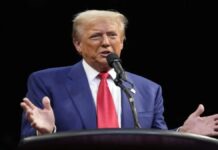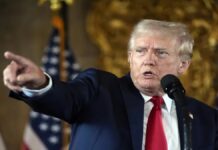
Congress authorized $3.7 trillion in spending earlier this year to help address the economic crisis caused by the coronavirus pandemic.
But about $1.5 trillion remains to be spent, according to the Committee for a Responsible Federal Budget, a fiscal watchdog group tracking the spending.
Meanwhile, as some of the earlier relief programs expire, Congress is in the middle of intense negotiation over its next, and likely last, major economic response to the pandemic. House Democrats approved a $3 trillion plan in May, but Republicans proposed a much smaller relief package this week.
Some Republican lawmakers won’t support key pieces of their own leadership’s proposal, and the unspent money is one reason why.
Sen. Ron Johnson, a Republican from Wisconsin and a fiscal conservative, told CNN this week that he’s opposed to adding new spending until there is more analysis of the remaining $1.5 trillion.
“You might as well repurpose that, rather than authorize more,” Johnson said.
Much of the earlier spending went out fast, helping people pay their bills and buy groceries. Money was sent directly to more than 160 million families, unemployment benefits were boosted, and emergency loans went to 5 million small business owners.
Here’s where some of the money remains unspent:
$130 billion left for small businesses
There was a mad dash for the Paycheck Protection Program loans for small businesses during the first few weeks, pushing Congress to replenish the fund with more money. More than $520 billion has been lent.
But by now, most of the businesses that have applied for a loan have received one — and about $130 billion remains.
Small business owners were allowed just one loan, and the amount was based on two weeks of their payroll costs. The Republican stimulus bill put forth this week would allow some of the hardest-hit businesses to apply for a second loan. It proposed repurposing the remaining funds and adding $90 billion.
$9 billion unspent on coronavirus testing
Even though there are shortages and delays across the country, just $16 billion of the $25 billion allocated by Congress in April for coronavirus testing has been spent so far, according to the Committee for a Responsible Federal Budget.
The group also finds that less than $1 billion of the $10 billion Congress allocated in March to make testing free has been used. Though it notes that some of the money might have been spent and is simply hard to track at this point.
Lawmakers on both sides of the aisle have raised concerns about why the money for testing has not been spent yet.
$259 billion still available for Federal Reserve loans
A big chunk of the money authorized by Congress, about $500 billion, was given to the Federal Reserve so that it could design lending programs for struggling companies.
But it took months for the Fed to come up with the right set of rules for these programs. The Main Street Lending Program for small and medium-sized businesses didn’t launch until mid-June. Some of the funds are meant to buy corporate debt as well as city and municipal debt. Only one state, Illinois, has used the program.
About $259 billion remains untapped overall. The programs were meant to expire at the end of September but the Fed announced this week that they will be extended until the end of the year.
$34 billion remain for airlines
Congress allocated money for the airline industry specifically, but not every company wanted a loan with strings attached.
A $32 billion program to cover payroll and benefits for aviation workers restricted the airlines from making layoffs, furloughs and put limits on stock buyback, dividends and executive compensation. About $26 billion has been disbursed. That program expires at the end of September.
Airlines had more time to tap a separate $46 billion loan program. The money came with similar restrictions and about $18 billion has been committed so far, according to the Committee for a Responsible Budget.
Paid leave, unemployment benefits, and tax breaks
Some of the money allocated by Congress was meant to last through at the end of the year.
Expanded paid family leave and sick pay, for example, is available until December 31. A little less than half of the $105 billion allocated for those benefits remains.
Lawmakers also added 13 weeks of unemployment benefits, beyond what states offer. Most of that $50 billion hasn’t been spent yet, as many people are still receiving their state payments. (All of the money for the federal $600 boost to unemployment benefits that expired this week has been used. It cost about $200 billion.)
Congress also created several tax benefits for businesses, like allowing them to deduct more losses and to defer payroll taxes. Those benefits may not have been taken advantage of yet.
Money for states and cities
Nearly all of the $150 billion for states, counties, and cities is out the door. The money is meant to help them cover pandemic-related costs — and is much needed as they face severe budget shortfalls.
But even though the money has been disbursed by the federal government, the states themselves have been slow to spend it. They’ve used just 25% of the funds allocated by Congress, according to a Treasury report released this week.
State and local officials argue that strict federal rules designed to ensure the funds are spent on COVID-related expenses have made it difficult to spend the money. Governors on both sides of the aisle have pleaded with lawmakers to provide more funding.
The Republican stimulus bill put forth this week wouldn’t allocate more funding for states, but it would make the rules more flexible. The House bill passed in May would provide $500 billion to states and $375 billion to local governments, which they can use to address both budget shortfalls due to lost tax revenue and for coronavirus-related expenses.











